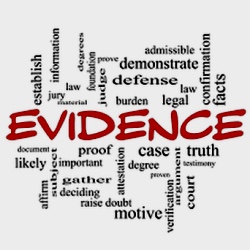The law relating to simultaneous deaths and survivorship is set out in section 5 WESA.
If two or more persons die at the same time or in circumstances that make it uncertain which of them survive the other or others, unless a contrary intention appears in an instrument, rights to property must be determined as if each had survived the other or others.
S 5(1) states that if two or more persons hold property as joint tenants, or hold a joint account, and both of them all die at the same time or in circumstances that make it uncertain which of them survive the other or others, unless a contrary intention appears in an instrument, for the purpose of determining rights to property, each person is deemed to have held the property or account as tenants in common with the other or with each other or others.
Under previous legislation the younger person was to have been presumed to outlive the older, and thus the younger persons estate would inherit everything.
The new provision in WESA is designed to ensure the default joint tenant’s perish in a common disaster, their respective estate should benefit from their shares in the jointly held property rather than the estate of only the youngest of the joint tenants.
This is also what is meant by rights to property will be determined as if each deceased person survive the other or others.
It is also a requirement of section 10 WESA that there is a mandatory five-day survival rule in order to inherit.
S 10 (1) WESA states that a person who does not survive a deceased person by five days, or longer period provided in an instrument, is conclusively deemed to have died before the deceased person for all purposes affecting the estate of the deceased person or property of which the deceased person was competent to give by will to another.
(2) if two or more persons hold property as joint tenants, or hold a joint account,
a) in the case of two persons, it cannot be established that one of them survive the other by five days,
1) one half of the property passes as if the person survive the other person by five days, and
2) one half of the property passes as if the other person referred to in subparagraph one had survived the first person referred to in subparagraph 1 x 5 days,
b) in the case of more than two persons, cannot be established that at least one of them survive the other by five days, the property must be divided into as many equal shares as there are joint tenants or persons holding the joint account, and the shares must be distributed respectively to those persons who would have been entitled to a share in the event that each of the person said survived.
Under the Interpretation act, to calculate five days one excludes the first day and includes the last day.






